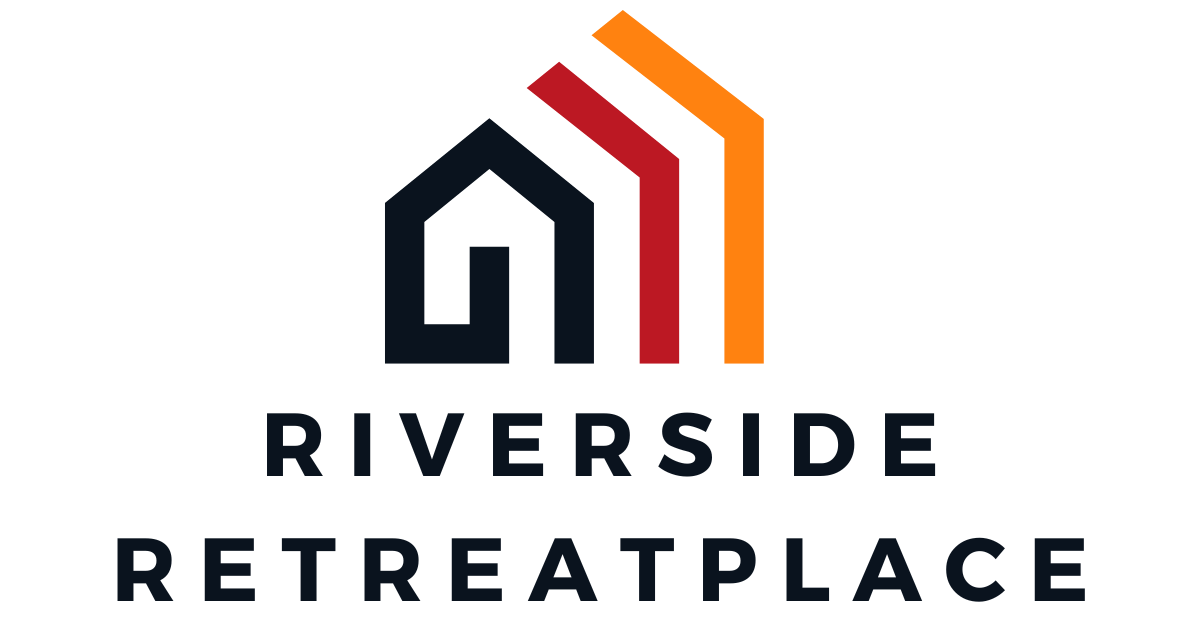
Sustainable Development Goals Investment: Unlock Trillions for a Better Future
In a world where climate change and social inequality seem to be the hottest topics at every dinner party, sustainable development goals investment is the superhero we didn’t know we needed. Picture this: a financial strategy that not only promises a return on investment but also saves the planet and improves lives. Sounds like a plot twist from a feel-good movie, right?
Sustainable Development Goals Investment
Sustainable development goals investment represents a strategic approach to funding that aligns financial flows with the United Nations’ 2030 Agenda for Sustainable Development. This investment model focuses on financing initiatives addressing climate change, poverty, and inequality. Socially responsible investors find this appealing as it seeks to generate both financial returns and positive societal impacts.
Investment opportunities span various sectors. Renewable energy projects attract significant funding because they offer sustainable solutions to energy needs. Education initiatives also receive attention, as investing in education contributes to long-term economic growth and social stability. Health-related investments improve access to essential services, enhancing the quality of life for underserved populations.
Data indicates that aligning with sustainable development goals can drive substantial economic benefits. According to the Business and Sustainable Development Commission, achieving these goals could yield up to $12 trillion in market opportunities by 2030. Investors increasingly recognize that supporting sustainable projects can mitigate risks associated with climate change and social unrest.
Partnerships between the public and private sectors amplify the impact of sustainable development goals investment. Collaborations often leverage resources and expertise, enabling larger-scale projects that benefit communities. These partnerships pave the way for innovative solutions that address urgent global challenges.
Sustainable development goals investment not only commits capital to crucial areas but also motivates a collective effort towards building a more equitable and sustainable future.
Importance of Sustainable Development Goals Investment

Sustainable development goals investment plays a crucial role in shaping a resilient future. This approach not only targets financial returns but also addresses pressing global issues.
Economic Benefits
Investments aligned with sustainable development goals can unlock up to $12 trillion in market opportunities by 2030. Such capital flow prioritizes renewable energy, infrastructure development, and green technologies. Generating jobs, these investments stimulate economic growth across various sectors. Economic stability increases as communities gain access to sustainable resources and services. Investors increasingly recognize that sustainable practices mitigate risks tied to climate change and social unrest, enhancing portfolio resilience.
Social Impact
Sustainable development goals investment significantly elevates community well-being. Enhancing access to education and healthcare directly improves the quality of life for underserved populations. Positive social changes emerge as investments focus on reducing poverty and fostering equality. Inclusive growth creates lasting benefits, empowering marginalized communities to become self-sufficient. Moreover, these investments promote partnerships across sectors, fostering collaboration that amplifies social impact. By aligning resources with social needs, this model cultivates a more equitable society.
Key Areas for Investment
This section highlights critical sectors for sustainable development goals investment. Each area contributes significantly to achieving a more equitable and sustainable future.
Renewable Energy
Renewable energy investments offer substantial potential for both financial returns and environmental benefits. Solar, wind, and hydroelectric power projects not only reduce greenhouse gas emissions but also create jobs. Transitioning to renewable sources of energy can generate up to 24 million jobs by 2030. Investors increasingly prioritize these initiatives, understanding their impact on climate mitigation and energy security.
Education and Health
Investment in education and health is vital for fostering resilient communities. Enhanced educational programs equip individuals with skills necessary for economic participation. Access to quality healthcare improves population well-being, leading to increased productivity. Investing in these areas helps drive economic growth while addressing inequalities. The ROI from such investments can lead to a more skilled workforce and reduced healthcare costs over time.
Infrastructure Development
Infrastructure development plays a crucial role in sustainable growth. Building green infrastructure, including sustainable transportation and energy-efficient buildings, stimulates economic activity. Such projects enable better access to essential services, enhancing quality of life for underserved populations. Up to 60% of the Sustainable Development Goals require substantial investment in infrastructure to meet global needs and tackle urbanization challenges effectively.
Challenges in Sustainable Development Goals Investment
Sustainable development goals investment encounters several challenges that can hinder progress. Addressing these challenges is crucial for unlocking the full potential of this investment model.
Funding Gaps
Funding for sustainable development goals often faces significant shortfalls. Estimates indicate that achieving the goals requires an annual investment of $5-7 trillion in developing regions alone. Consequently, private investors play a pivotal role in bridging this funding gap. Public sector resources typically remain insufficient to meet the demand for investments in renewable energy, education, and infrastructure. Furthermore, the lack of a clear investment pipeline creates uncertainty for investors seeking viable opportunities. Navigating these financial constraints poses a considerable challenge for aligning capital flows with sustainable development goals.
Policy and Regulatory Barriers
Policy and regulatory barriers significantly impede sustainable development goals investment. Inconsistent regulations across regions create complications for investors looking for a stable operating environment. Furthermore, the absence of supportive public policies can discourage investment in key sectors like renewable energy and healthcare. Investors often confront permitting delays and bureaucratic hurdles that slow project initiation. Aligning investment strategies with national and local policies often proves difficult. Effective collaboration between governments and private sectors is essential to foster an enabling environment for sustainable development investment.
Future Trends in Sustainable Development Goals Investment
Investment trends in sustainable development goals increasingly focus on finding innovative solutions and collaborative efforts. Organizations explore various financing options that meet the urgent demands of societal change and environmental preservation.
Innovative Financing Solutions
Creative financial instruments play a crucial role in sustainable development goals investment. Green bonds, for instance, provide a dedicated source of funding for renewable energy projects. Impact investing channels capital towards enterprises that deliver social or environmental benefits alongside financial returns. Crowdfunding platforms empower local communities to finance sustainable initiatives directly. Additionally, blended finance models combine public and private funding to mobilize resources for underserved sectors. Such approaches enable investors to allocate capital efficiently while addressing pressing global challenges.
Public-Private Partnerships
Public-private partnerships significantly enhance the effectiveness of sustainable development goals investment. Collaborative efforts between governments and private organizations foster large-scale projects that tackle complex issues. These partnerships create shared responsibilities, allowing for risk-sharing and resource pooling. By aligning priorities, they address infrastructure needs while attracting necessary investments. For example, improving access to clean water and healthcare requires joint initiatives that leverage both sectors’ strengths. Such collaboration streamlines project implementation, providing communities with essential services and supporting long-term economic growth.
Impact and Progress
Sustainable development goals investment stands as a transformative approach to tackling some of the world’s most pressing challenges. By aligning financial resources with initiatives that prioritize environmental sustainability and social equity, investors can drive significant change while pursuing profitable opportunities.
The potential to unlock trillions in market opportunities highlights the importance of this investment model in creating a resilient future. Through innovative financial solutions and strong public-private partnerships, the path toward a more equitable and sustainable world becomes clearer.
Embracing SDG investment not only supports economic growth but also empowers communities, ensuring a better quality of life for all. As the global landscape evolves, the commitment to sustainable development will be crucial for lasting impact and progress.
